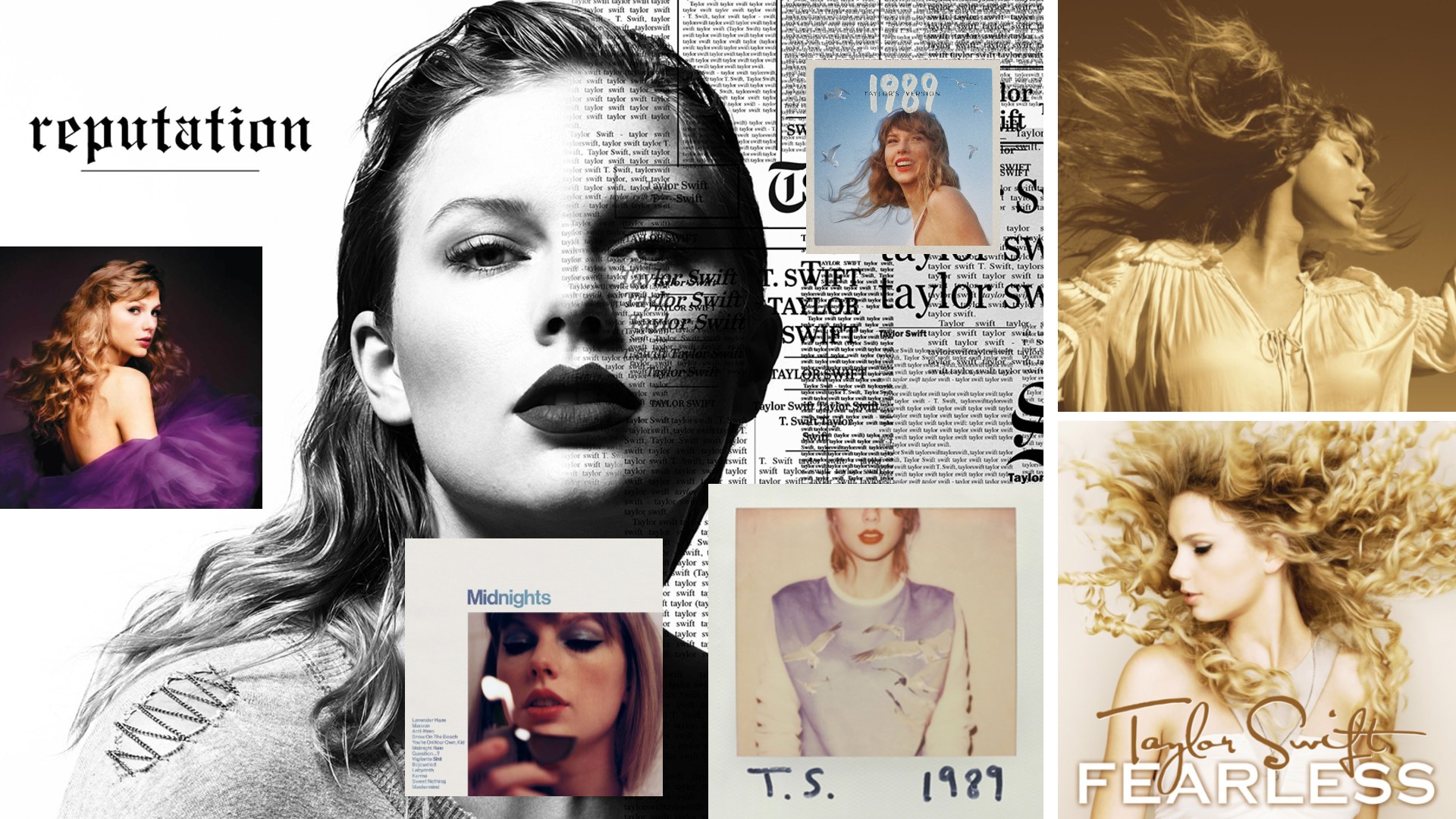The designer’s guide to choosing the right paper stock
Don't sell your work short with unsuitable stock - here's our 10-point guide to picking perfect paper.
You can create the most beautifully designed piece of work but it it's printed on lavatory paper then your time and effort will be wasted. Okay, that's quite an extreme example but you get the point - your printed product suffers if you don't pay particular attention to paper stock. So here is a bunch of tips that will help you on your way.
01. Use your senses
Paper stock is the most tactile thing you have in your arsenal to communicate your design and create personality. Paper stock is something you can feel and even smell, and that can help amplify your message.
02. Sample books
Keep sample books around; try to order as many samples as possible. All too often they are lost, but they are so useful to have around for when you’re talking about an idea. It can really help to be able to look through a selection and find a reference for what you’ve got in mind.
03. Consult your printer
Ask your printer for advice early on – they know what works and they want the job to go well. They can often flag up particular behavioural aspects of specific stock (for example, if it doesn’t work well with foil or behaves in a particular way when ink goes onto it) and might be able to recommend something that’s similar, but cheaper.
04. Early research
Do your research before going ahead with production. Run tests in the studio and check that your chosen stock actually works at the right size and colour, as you’ll often find that looking at a small swatch can be quite different to what you see when you get a big sheet in.
05. Convince clients
If you’re relying on using a particular choice of stock, it’s better to engage the client sooner rather than later. If they buy into it, it makes everything easier and the whole process much simpler. If it’s not essential and more of a nicety, it might be the first thing the client pushes back on.
06. Build relationships
Get to know paper companies and their products. When you’re working to meet your client’s needs and budget, it helps if you have a good connection with paper companies and know if there are cheaper papers out there that will do the trick.
Get the Creative Bloq Newsletter
Daily design news, reviews, how-tos and more, as picked by the editors.
07. Informed choice
From a client’s perspective, the design isn’t necessarily going to change if it goes on cheaper stock – it still looks the same. So if you believe the client should invest in more expensive stock, you need to be clear about the benefits to convince them.
08. Eco issues
There are lots of mixed messages regarding recycled stock and green considerations. Post-consumer waste is the best way to go, as you’re not using a lot of transport or chemicals. People also get upset by seeing paper used excessively or pointlessly, and it can reflect negatively on your clients if their paper choice seems exuberant.
09. Appropriate weight
Different weights communicate different messages. Does the design need to feel thick or thin? Consider what the weight says about it, and think about its intended purpose: a letterhead needs to run through a printer, while thicker stock can make a business card seem more expensive.
10. Value of print
People often find it cheaper and more environmentally friendly to do things in a digital format. However, remember the value of print: the right paper stock can really deliver a message. Be mindful of these factors when using print and consider how the end user will perceive it.
Liked this? Read these!
- The designer's guide to working from home
- Create a perfect mood board with these pro tips and tools
- Illustrator tutorials: amazing ideas to try today!

Thank you for reading 5 articles this month* Join now for unlimited access
Enjoy your first month for just £1 / $1 / €1
*Read 5 free articles per month without a subscription

Join now for unlimited access
Try first month for just £1 / $1 / €1

The Creative Bloq team is made up of a group of art and design enthusiasts, and has changed and evolved since Creative Bloq began back in 2012. The current website team consists of eight full-time members of staff: Editor Georgia Coggan, Deputy Editor Rosie Hilder, Ecommerce Editor Beren Neale, Senior News Editor Daniel Piper, Editor, Digital Art and 3D Ian Dean, Tech Reviews Editor Erlingur Einarsson, Ecommerce Writer Beth Nicholls and Staff Writer Natalie Fear, as well as a roster of freelancers from around the world. The ImagineFX magazine team also pitch in, ensuring that content from leading digital art publication ImagineFX is represented on Creative Bloq.
